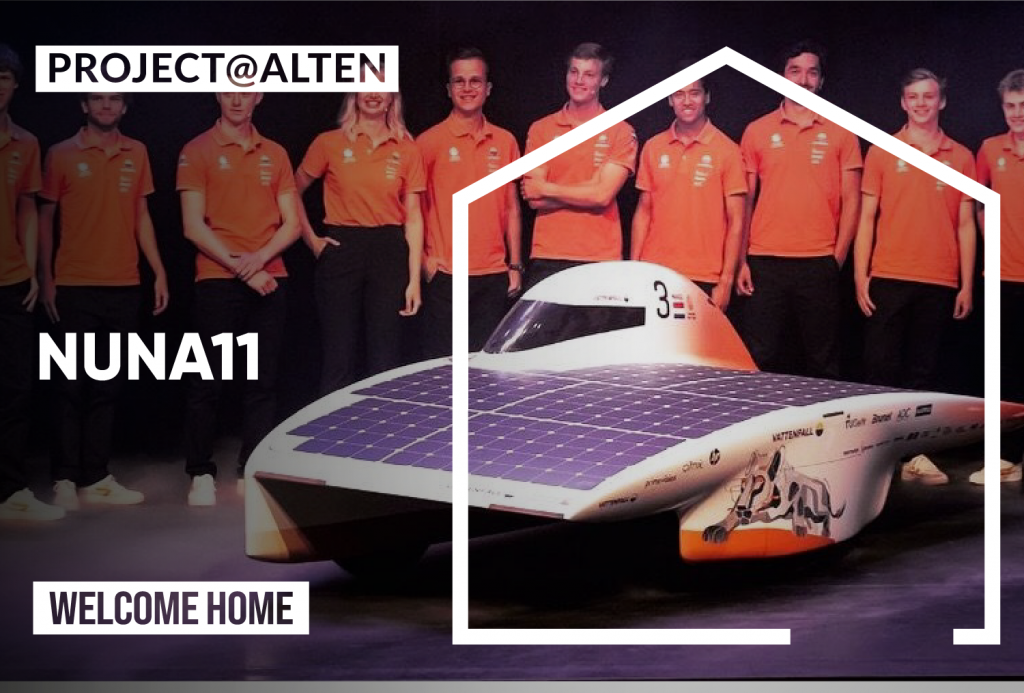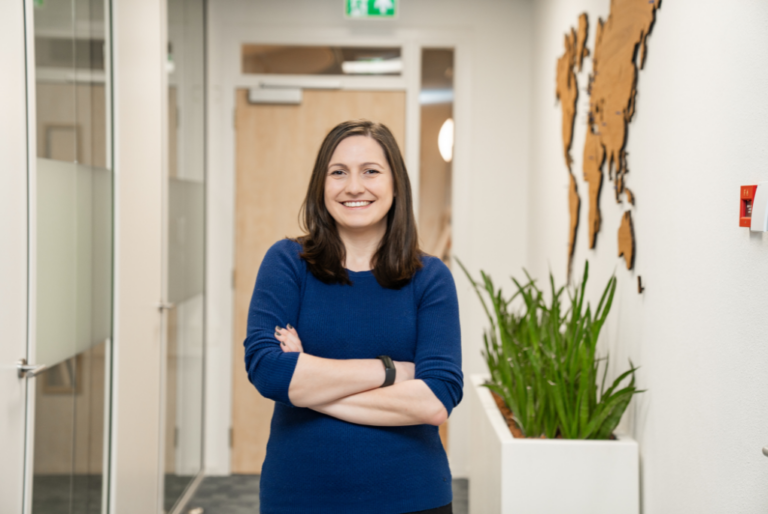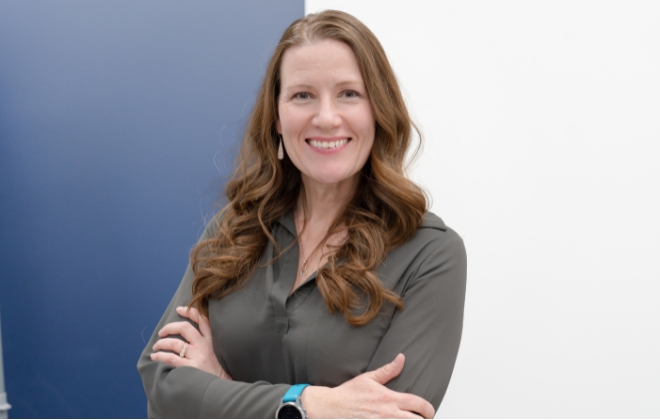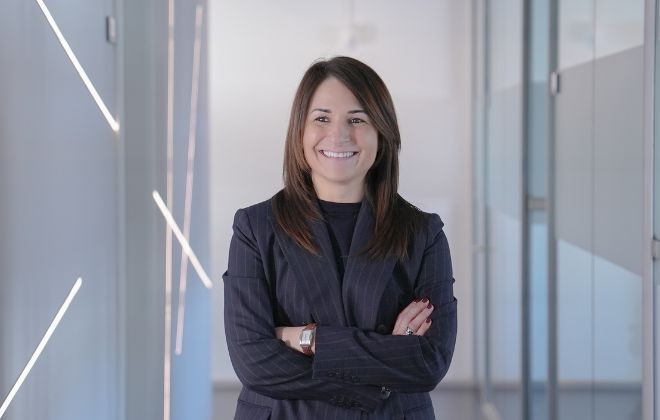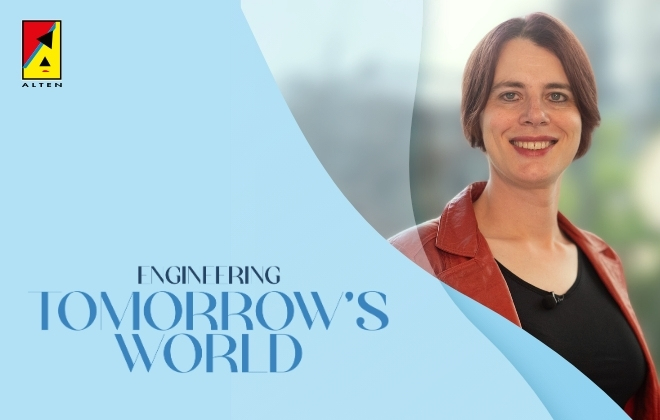ALTEN considers it important to sponsor technical innovations and good causes. That is why we are proud sponsors of the Vattenfall Solar Team . On 8th July they unveiled their new solar car: Nuna11. As part of the sponsorship ALTEN made senior consultant Marwijn available to work on the car. T he Nuna team decided that making an environment for the state of charge (battery control) would be a nice challenge for the ALTEN professional, since such a precise implementation takes time to make and calibrate.

“Nuna is the name of several solar powered cars built by a team from Delft University of Technology. The aim of Nuna is participating in the World Solar Challenge in Australia or the Sasol Solar Challenge in South Africa and win the solar car race. The first Nuna was built in 2001 and won the challenging race across Australia. The three subsequent versions of the Nuna, Nuna2 to Nuna4, also won the World Solar Challenge. ”
From scratch
“Currently a team (17 members) is building Nuna11 from scratch. In a very short time, less than a year, Nuna11 is designed and constructed (including software). In general, there are two important software pillars. One pillar is the software needed for motor control and the other is state of charge (battery control). Both pillars are designed and built from scratch including the hardware and software.
One of the problems the software team had was setting up the environment for state of charge. This software module is responsible for determining how full or empty the battery is. Normally this is done by measuring the battery voltage, but because these batteries are made with lithium iron phosphate, this is not possible. The voltage of lithium iron phosphate batteries is almost constant (empty or full). The trick to determine if the batteries are empty or full is by measuring the currents from the solar panels to the batteries and from the batteries to the motor. The challenge is to measure these currents as precise as possible, taking into account the temperature fluctuations of the batteries and the electronics measuring the current.”
51 hours
“It took me 51 hours to setup a software build environment, making the USB channels work, getting the CAN and SPI bus to work. At that moment, I had an environment that is able to communicate with the LTC2949 board and the Nuna car. The LTC2949 is a board responsible for measuring energy from and to the battery module. I did not have time to form expectations about the Nuna project. I had a ‘high priority in between project’ to finish.”
Challenges
“What struck me most is the drive of the Nuna team members. A team of 17 people who spent all of their time on a solar racing car. And, by spending time, I mean at least a 10-hour workday, including weekends and no holidays (for about a year).
For me, one of the challenges was getting the software to function in time to complete the car for assembly. Another challenge was finding a hardware issue; the send and receive lines where swapped.
Currently I am also working at a company that specializes in agricultural automation. Here I am responsible for a similar type of battery as well as for the embedded software that controls the motors of mobile robots. In general, the work I get to do as a consultant is diverse and from time to time (very) challenging. Especially with these kinds of jobs in between.”

Marwijn Hessel, consultant
If you are interested in finding out what innovating projects we might have for you, please click here.



